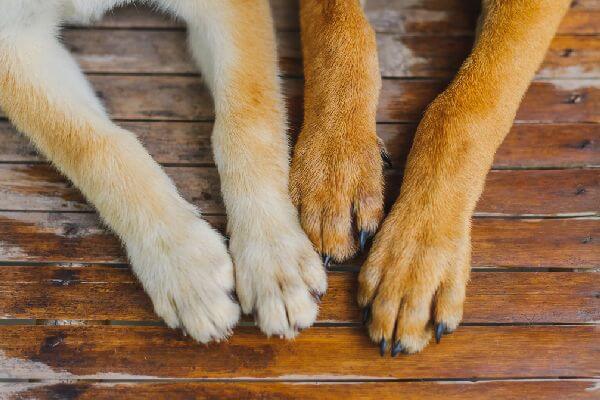In this blog post, we highlight the importance of nail grooming for dogs and cats and a few tips that could help you make your pet look well-groomed.
Prioritizing your pet’s grooming needs is extremely necessary. Nail trimming is an important part of grooming, which is often ignored.
Unlike humans, pets’ nails need more attention, and nail trimming should be done every 6 to 8 weeks, on an average.
Before embarking on cleaning and trimming your little munchkin’s nails, discuss with your vet about the frequency of nail trimming and the appropriate care to be taken to avoid any injury to the paws.
Problems Associated With Untrimmed Nails
- Long nails could curl and grow into the pads, making it painful for the pet.
- The constant contact of the paws with the ground exerts pressure on the nail bed, especially if the nails are long, and can cause pain to your pet.
- Long nails can cause an imbalance in posture, making your pet prone to falls while walking or climbing stairs.
- Breakage or splitting of nails leads to pain. Furthermore, if the injured area is exposed, it may get infected and lead to complications.
- Long nails may also cause complications such as bone and joint problems, resulting in difficulty in walking.
Hence, your pet’s nails require regular care.

Getting Started with Nail grooming for Dogs and Cats
- Under the guidance of a vet, you could start trimming your pet’s nails when young, so that your pet gets used to the process of nail trimming early on.
- For older or adopted pets, the process should be introduced slowly (eg, one nail a day). You could use nail clippers.
- Try to make it a positive experience by rewarding with treats, being calm, and praising your pet throughout the process.
- Notice the signs of distress while trimming your pet’s nails, which include panting, growling, drooling, whining, freezing, cowering, trembling, tail-tucking, snarling, and snapping.
If you realize that your pet is anxious, stressed, or in general, uncomfortable when you start trimming the nails, you should consider visiting a professional pet groomer for your pet’s nail care.
Source: All About Pets. Nail Care For Your Pet. 2020;1(1):5.
Check out the Pet Care section for more blog posts on pets' health, diet, and so on.
Explore the Himalaya Wellness blog for more useful articles.
 Himalaya Global Holdings Ltd. (Our Parent)
Himalaya Global Holdings Ltd. (Our Parent)





